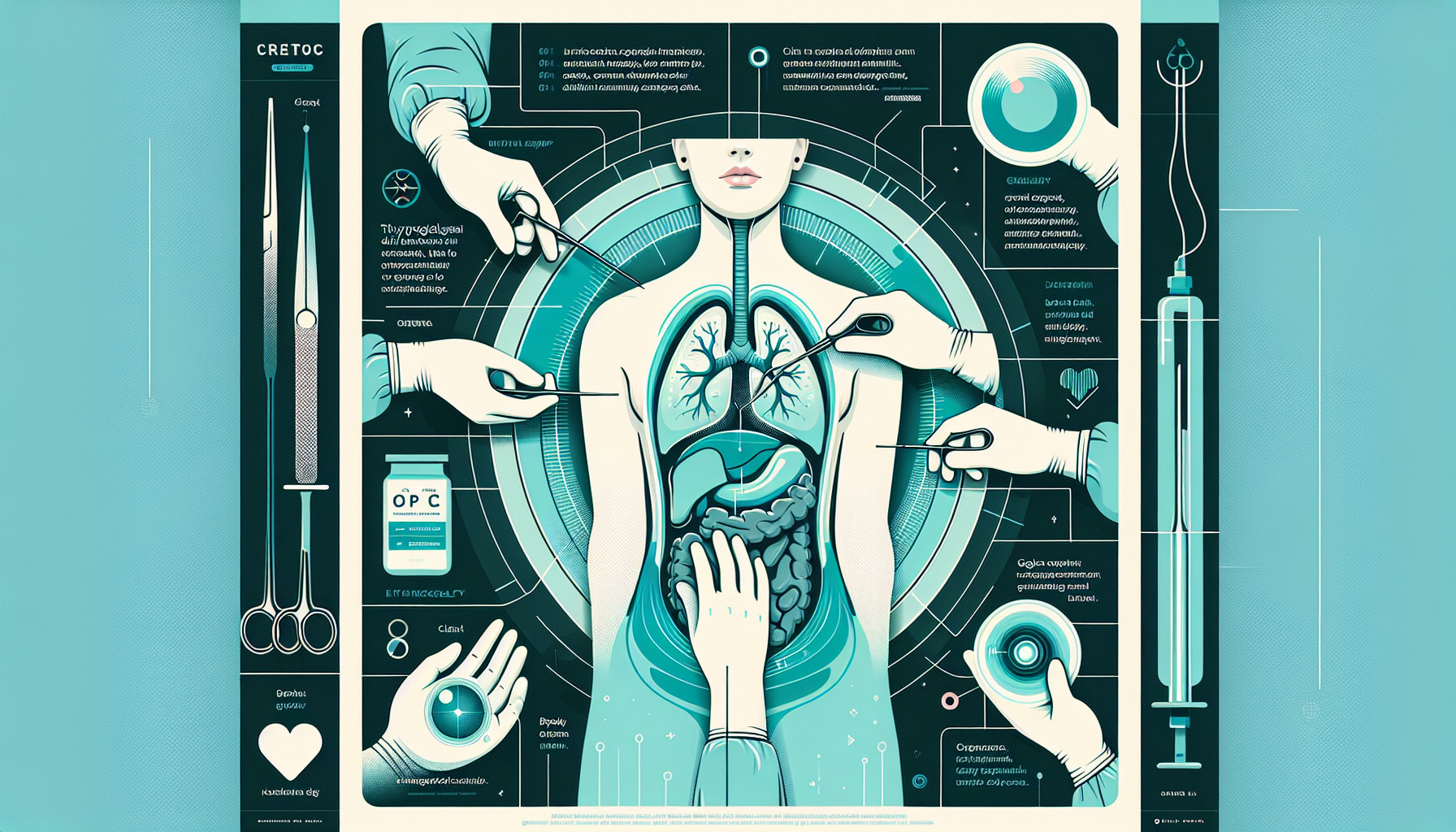Our Summary
This study introduces a new method of treating a type of cyst (thyroglossal duct cyst or TGDC) that can develop in the neck or tongue. This cyst can be difficult to treat due to its location and the risk of it coming back. The new method combines a type of surgery using a laser to remove the cyst through the mouth, with a treatment that uses heat (cauterization) on a part of a bone in the neck (the hyoid bone). This new method was tested on 11 patients aged 2-16 years, including three who had the cyst return after a simpler operation. The surgery was done under general anesthesia and special care was taken to remove the entire cyst and apply heat treatment to the hyoid bone. The patients recovered quickly after the operation and the cyst did not come back in any of the patients during a check-up period of 42 months on average. This suggests that this new method could be a standard way of treating this type of cyst. The study also highlights the importance of using additional treatments, like heat treatment of the hyoid bone, to stop the cyst from coming back. This shows the importance of using a range of treatments to effectively treat this type of cyst.
FAQs
- What is the novel technique introduced for managing lingual thyroglossal duct cysts?
- How effective was the combination of transoral laser microscopic excision with cauterization of the hyoid mid portion in treating TGDC?
- What is the significance of comprehensive management strategies and adjunctive measures like laser cauterization in treating TGDC effectively?
Doctor’s Tip
A helpful tip a doctor might tell a patient about thyroglossal duct cyst removal is to follow post-operative care instructions carefully to prevent infection and promote proper healing. This may include keeping the incision site clean and dry, avoiding strenuous activities that could strain the surgical site, and taking any prescribed medications as directed. It is also important to attend follow-up appointments to monitor healing progress and address any concerns promptly.
Suitable For
Patients who are typically recommended thyroglossal duct cyst removal include those with symptomatic cysts that are causing difficulty with swallowing, breathing, or speaking. Patients who have recurrent cysts despite previous treatments may also be candidates for removal. Additionally, patients with lingual thyroglossal duct cysts, which are located on the tongue, may benefit from surgical removal using a transoral laser microscopic excision technique combined with cauterization of the hyoid mid portion. This approach has been shown to be effective in preventing recurrence and improving treatment outcomes.
Timeline
Before thyroglossal duct cyst removal:
- Patient may present with a painless, soft, midline neck mass that moves with swallowing or protrusion of the tongue.
- Imaging studies such as ultrasound or CT scan may be performed to confirm the diagnosis.
- Surgical consultation is typically recommended for definitive treatment.
After thyroglossal duct cyst removal:
- Patient undergoes transoral laser microscopic excision with cauterization of the hyoid mid portion under general anesthesia.
- Rapid postoperative recovery is experienced by the patient.
- Follow-up appointments are scheduled to monitor for recurrence, with no instances observed during a median 42-month follow-up period.
- The success of the novel technique suggests its potential as a standard approach for managing lingual thyroglossal duct cysts.
What to Ask Your Doctor
- What is a thyroglossal duct cyst and why is it necessary to have it removed?
- What are the risks and potential complications associated with the removal of a thyroglossal duct cyst?
- What is the recovery process like after the surgery and how long does it typically take to fully recover?
- Are there any specific restrictions or precautions I should follow after the surgery?
- What is the success rate of the novel technique combining transoral laser microscopic excision with cauterization of the hyoid mid portion for lingual thyroglossal duct cyst removal?
- How many cases have been successfully treated using this technique and are there any potential drawbacks or limitations?
- Are there any alternative treatment options available for lingual thyroglossal duct cyst removal and how do they compare to the proposed technique?
- What is the likelihood of recurrence following the removal of a thyroglossal duct cyst, and are there any steps that can be taken to minimize this risk?
- What experience does the surgeon have with performing this specific procedure and what is their success rate with similar cases?
- Are there any long-term implications or considerations to be aware of following the removal of a thyroglossal duct cyst?
Reference
Authors: Roh JL. Journal: Eur Arch Otorhinolaryngol. 2025 Aug 2. doi: 10.1007/s00405-025-09621-4. Online ahead of print. PMID: 40753145
